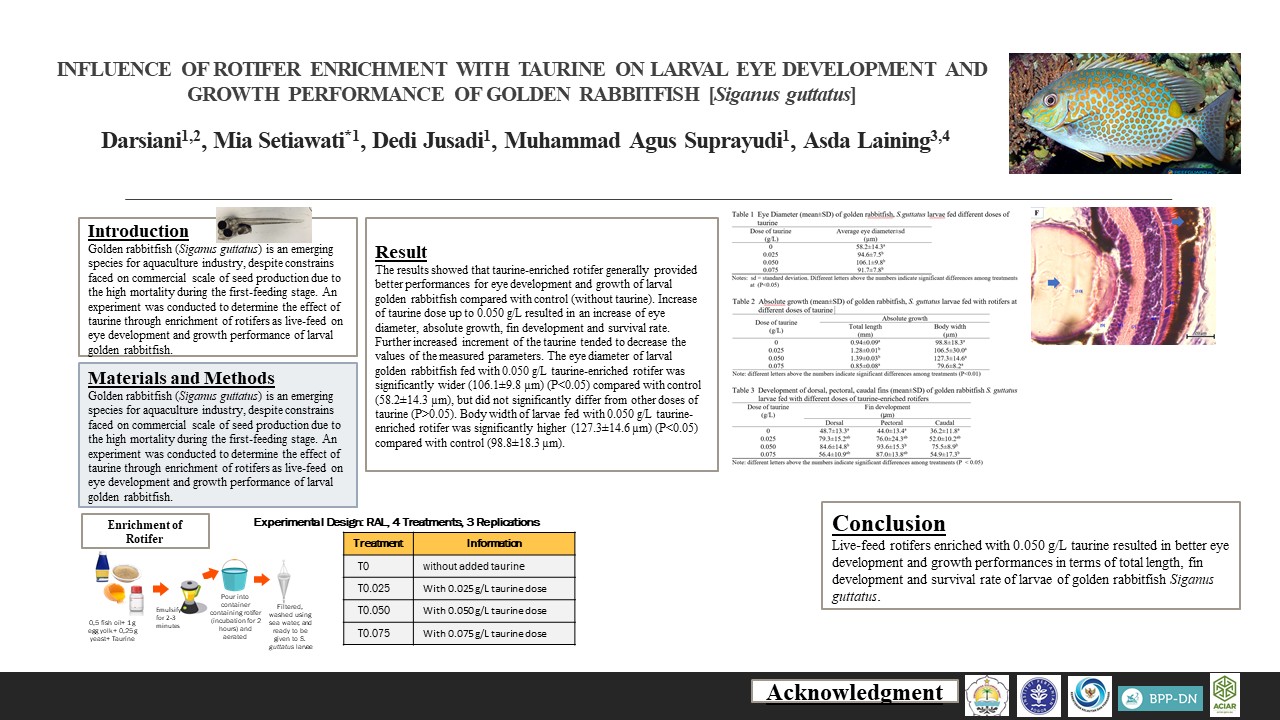GROWTH PERFORMANCE OF DIPTEROCARP SPECIES PLANTED ON ABANDONED MINING AREA IN SOUTHERN THAILAND
Downloads
Dominant Dipterocarp trees hold a significant importance in the ecology and economics of the declining tropical forests of Asia. Of equal importance is the restoration of these Dipterocarp forest using the technique of matching species with silvicultural practices. The study aimed to investigate the effect of the Acacia mangium nurse trees on the survival and growth of six Dipterocarp species planted on abandoned mining areas in the Phangnga Forestry Research Station, Thailand, namely; Dipterocarpus alatus Roxb., Dipterocarpus gracilis Blume, Hopea odorata Roxb., Shorea gratissima (Wall. ex Kurz) Dyer, Shorea roxburghii G. Don, and Parashorea stellata Kurz. The approximately 1.5-year-old Dipterocarp seedlings were planted at a 6-year-old A. mangium plantation cover and at open plots. The survival rate, diameter at root collar (D0), total height (H) and the relative growth rate (RGR) of D0 and H of the seedlings were compared. Soil samples at the open and the A. mangium plots were collected and its physical and chemical properties were analyzed. The results indicated that the survival rates of the Dipterocarps planted at the A. mangium plot were higher than those at the open plots. The survival rates (75-100%) of the 1 to 3-year-old D. alatus, H. odorata, S. gratissima, S. roxburghii, and P. stellata were relatively high at the A. mangium plot, but not for D. gracilis. The D0 of S. roxburghii, D. alatus, H. odorata, and P. stellata were higher at the A. mangium plot. However, the D0 and H of S. roxburghii, D. alatus, and H. odorata at the open plot were high and similar to that of the A. mangium plot. RGRD0 and RGRH of S. roxburghii, D. alatus, and H. odorata were high both at the A. mangium and the open plots. Generally, the Dipterocarp seedlings were growing better under the A. mangium nurse trees, thus suggesting the possibility of their improved survival and growth in mined out areas. Moreover, the findings also suggest that S. roxburghii, D. alatus, and H. odorata can be planted at open areas with poor soil conditions and extreme environments. Lastly, thinning interventions are also needed to improve the growth of Dipterocarp trees.
Downloads
Authors who publish with this journal agree with the following terms:
- Authors retain copyright and grant the journal right of first publication, with the work 1 year after publication simultaneously licensed under a Creative Commons attribution-noncommerical-noderivates 4.0 International License that allows others to share, copy and redistribute the work in any medium or format, but only where the use is for non-commercial purposes and an acknowledgement of the work's authorship and initial publication in this journal is mentioned.
- Authors are able to enter into separate, additional contractual arrangements for the non-exclusive distribution of the journal's published version of the work (e.g., post it to an institutional repository or publish it in a book), with an acknowledgement of its initial publication in this journal.
- Authors are permitted and encouraged to post their work online (e.g., in institutional repositories or on their website) prior to and during the submission process, as it can lead to productive exchanges, as well as earlier and greater citation of published work (See The Effect of Open Access).




























